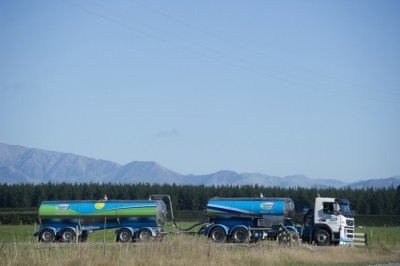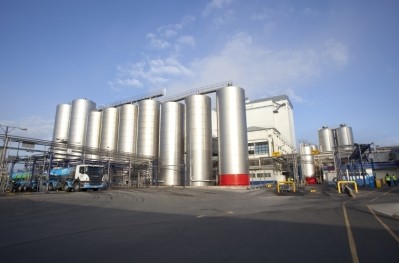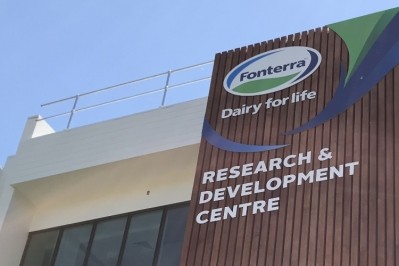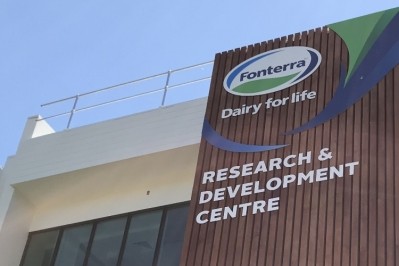Fonterra cools on coal
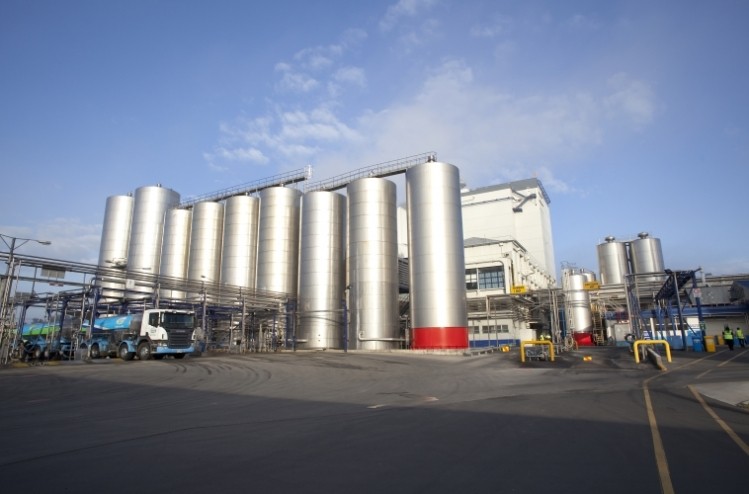
Nine of its 29 sites use coal and chief operating officer Fraser Whineray said there has been progress over the last few years to get the coop to a position where it can make the commitment.
“Last year, we achieved our target of a 20% reduction in energy intensity from a 2003 baseline after making thousands of improvements across sites here in New Zealand. Lifting energy efficiency is a valuable pre-requisite to larger investments.
“More recently, we reduced the total quantity of coal we use by 10% when we converted our Te Awamutu site to burn wood pellets and this builds on our experience from converting our Brightwater site in 2018 to co-fire on wood biomass.”
Conversion or replacement of existing coal boilers to renewable energy is a significant, logistical, technical and financial undertaking, Fonterra said.
“We’ve built a lot of capability in-house and with partners in New Zealand and internationally and this provides us with comfort that solutions are sustainable. It’s important to us that New Zealand continues to be at the forefront of sustainable food production – and getting out of coal is one way we can help with this. We already have the lowest carbon footprint among major milk producers around the world and we want to continue to build on this competitive advantage,” Whineray said.
“While we’re working on this transition, we need to make sure we can deliver on our customers’ needs and process our farmer owners’ milk. There is only a small window between each milking season when we can undertake the necessary engineering work to make key changes on the remaining sites.
“We’ll also need to make sure we can get the right specialist skills and equipment into the country at the right time, beyond the extensive local capabilities. And we’ll need to have a secure gas supply for our existing gas-fired boilers.”
Fonterra said the Climate Change Commission's recommendations are broadly in line with the steps the coop is taking. The cooperative has submitted a report, Climate Change Commission 2021 Draft Advice for Consultation.
In its submission on the Climate Change Response (Zero Carbon) Amendment Bill, Fonterra said it supported the development of pathways and long-term robust plans that assist and guide the reduction of carbon emissions to meet New Zealand’s climate change commitments.
In it, the cooperative acknowledged its business produces 20% of New Zealand’s greenhouse gas emissions. Ninety per cent of those emissions come from its farmers’ businesses; 9% from manufacturing operations and 1% from transporting products from New Zealand to consumers around the world.
The cooperative said it supports increased electric vehicles and use of low carbon fuels and is implementing a new policy that will see a third of its light fleet transition to EVs and more charging stations installed at its sites.
It added the recent roll out of the Milk Vat Monitoring systems installed on farms has created opportunities to optimize tanker pick-up schedules allowing for budgeting of five fewer tankers from next year.
However, in its submission Fonterra said it is concerned some of the productivity assumptions underpinning the Commission’s modelling, which show a maintenance of current milk production, are very ambitious and will be difficult to meet.
The company said the possible financial impact of New Zealand being able to reduce methane emissions from livestock is significant yet challenging to quantify. “We are seeing increased and changing expectations regarding the environmental impact of farming from both the communities in which we operate, and from local and global consumers,” the submission document stated.
On coal, the statement noted the pathway to ending coal use by 2037 is ambitious and will be challenging.
“While we are working to transition our manufacturing operations onto renewable energy sources and off coal by 2037, the current and forecast gas scarcity issues in the North Island pose a significant material risk to completing this transition within this timeframe,” Fonterra said.
The cooperative said over the past 18 months there have been disruptions in the gas market.
“With a disruption with Kupe gas field; the decline in the Pohokura gas field; and no new significant gas fields planned, there is a significant risk of gas supply interruptions at our gas fueled sites. If we do not have certainty of gas supply, we may need to start transitioning our 76 gas boilers and air heaters to renewable alternatives sooner than the Commission’s pathway of 2037 onwards, which would almost certainly impact the speed at which we transition off coal.”
The submission also noted that due to the nature of the New Zealand dairy curve, there is only a very short period every year when the company can undertake significant changes to its manufacturing sites.
